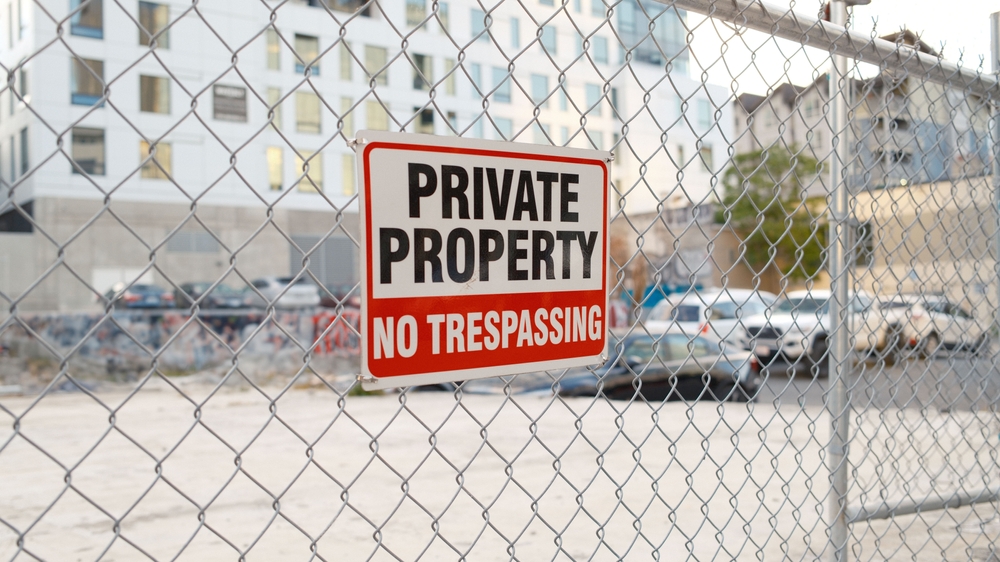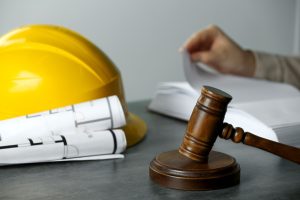Where does one property end and another begin? Who has the right to use a pathway, driveway, or utility line crossing another’s land? These fundamental questions lie at the heart of boundary and easement disputes, common sources of conflict between neighbors in New York State. In the densely packed environment of New York City, with its narrow lots, shared walls, and centuries of development history, these disputes take on particular significance and complexity. Figeroux & Associates, located at 26 Court Street, Suite 701, Brooklyn, NY 11242, provides experienced legal representation to navigate these intricate property rights issues. For assistance, contact the firm at 855-768-8845 or visit www.askthelawyer.us. This analysis examines the legal landscape surrounding boundary and easement disputes in NYS and NYC as of April 14, 2025.
Boundary Disputes: Locating the Dividing Line
A boundary dispute arises when adjacent property owners disagree on the physical location of the line separating their properties. These disagreements often manifest in conflicts over:
- Fences, Walls, and Hedges: Disputes over whether these markers are properly located on the boundary line or encroach onto a neighbor’s property.
- Driveways and Walkways: Placement near or over perceived property lines.
- Encroachments: Structures like garages, sheds, decks, building additions, or even parts of a main house that extend onto neighboring land.
Establishing Legal Boundaries: Determining the true boundary line involves examining various forms of evidence:
- Deeds: The legal descriptions within deeds (often “metes and bounds”) are the primary source. However, descriptions can be old, ambiguous, or conflicting.
- Surveys: An accurate, up-to-date survey performed by a licensed land surveyor is often crucial evidence to physically locate the deed lines on the ground. NYC’s aging building stock sometimes relies on older, less precise surveys, contributing to disputes.
- Monuments: Physical markers referenced in deeds or surveys (though these can disappear or be moved over time).
- Practical Location Doctrine: New York law recognizes that if adjoining owners have mutually acquiesced to a clearly demarcated boundary line (like a fence or wall) for a long period (generally the 10-year adverse possession statute), that line may become the legal boundary, even if it conflicts with the deed description. This doctrine prioritizes stability and the parties’ long-standing understanding.
- Party Walls (NYC Specific): In NYC, many buildings share structural “party walls” located on the property line. NYC Administrative Code § 28-306.1 makes the maintenance and repair of these walls the joint responsibility of both owners. Disputes often arise over necessary repairs, cost allocation, or alterations affecting the shared wall.
Encroachments: When Structures Cross the Line
An encroachment is an unauthorized intrusion of a building or other structure onto an adjacent property. Legally, it constitutes a continuing trespass.
- Legal Implications: The encroaching party could potentially gain rights through adverse possession if their encroachment meets the criteria: hostile (without permission), actual, open and notorious, exclusive, and continuous for New York’s 10-year statutory period (RPAPL Article 5).
- De Minimis Rule (RPAPL § 543): Importantly, 2008 amendments to the RPAPL deemed “de minimus non-structural encroachments” like fences, hedges, shrubs, plantings, and sheds to be permissive and non-adverse. This means these common minor intrusions generally cannot ripen into ownership via adverse possession or create a prescriptive easement.
- Remedies: The property owner whose land is encroached upon can seek monetary damages for the loss of use or sue for ejectment (removal of the encroaching party/structure). Courts may issue an injunction ordering removal, but they often balance the equities – considering the cost and hardship of removal versus the harm suffered by the landowner. If the encroachment is minor and removal cost is disproportionately high, the court might award damages instead of ordering removal.
Easement Disputes: Conflicts Over Usage Rights
An easement grants a specific right to use another person’s property for a defined purpose, without conferring ownership. This differs from a license, which is merely revocable permission. Easements are critical for access, utilities, and other necessary functions.
- Types of Easements:
- Express Easement: Created by a written document (deed, easement agreement) meeting the Statute of Frauds requirements.
- Implied Easement by Necessity: Arises when a property is landlocked after being severed from a larger parcel, requiring access over the remaining land of the grantor. Necessity must exist at the time of severance.
- Implied Easement by Prior Use: Requires unity and severance of title, an apparent and continuous use existing before severance that is reasonably necessary for the enjoyment of the benefited parcel.
- Prescriptive Easement: Acquired through use, not writing. Requires showing the use was hostile (without permission), open and notorious, and continuous for 10 years. Unlike adverse possession, exclusivity is not required.
- Common Disputes:
- Existence and Validity: Is there a legally recognized easement? Was it properly created? Has it been terminated (e.g., by abandonment, merger of title, written release)?
- Scope and Location: What specific use does the easement permit (e.g., foot traffic only vs. vehicles)? Where exactly is the easement located? Is the easement holder overburdening it by using it excessively or for unpermitted purposes?
- Interference/Obstruction: The owner of the burdened property (the servient estate) cannot unreasonably interfere with the easement holder’s permitted use (e.g., blocking a right-of-way).
- NYC Context: Shared driveways between brownstones, utility lines running under sidewalks or through adjacent properties, and access routes in dense developments frequently lead to easement disputes over maintenance, scope of use, and interference.
Light and Air Rights
A specific type of right sometimes disputed in NYC is the right to light and air. Generally, New York common law does not grant property owners an inherent right to unobstructed light and air flowing over neighboring land. Such rights must typically be created:
- By Express Easement: A specific written agreement granting a light and air easement.
- By Restrictive Covenant: Agreements restricting building height or location on adjacent parcels.
- By Zoning Regulations: NYC’s Zoning Resolution imposes height and setback rules and minimum distance requirements between buildings and lot lines or between windows and walls (often 30 feet for legal light and air), indirectly protecting light and air to some extent. Developers sometimes use Zoning Lot Development Agreements (ZLDAs) or specific light and air easements filed with the Department of Buildings to satisfy these requirements over adjacent lots.
Absent such express agreements or zoning violations, blocking a neighbor’s light or view with new construction is usually not legally actionable.
Resolving Boundary and Easement Disputes
Resolving these disputes often involves:
- Investigation: Reviewing deeds, surveys, title reports, historical records, and conducting site inspections.
- Negotiation: Direct discussions between owners or through counsel to reach a mutually agreeable solution, potentially formalized in a boundary line agreement or revised easement document.
- Mediation: Using a neutral third party to facilitate settlement.
- Litigation: If negotiation fails, court action may be necessary. Common lawsuits include:
- Quiet Title (RPAPL Art. 15) to establish boundaries or easement rights.
- Declaratory Judgment to interpret easement scope or validity.
- Ejectment/Injunction to remove encroachments or stop interference with an easement.
- Trespass action for damages.
The Importance of Experienced Legal Counsel
Boundary and easement disputes involve complex interpretations of deeds, surveys, historical use, common law doctrines (like practical location and prescriptive rights), and statutes like the RPAPL. The factual evidence, particularly regarding historical use and acquiescence, is often critical. Given the potential impact on property value and use, seeking advice from attorneys experienced in New York real estate litigation is essential. Figeroux & Associates possesses the expertise to meticulously analyze property records, interpret governing law, negotiate practical solutions, and effectively litigate these intricate disputes when necessary.
Conclusion
Clear boundaries and defined usage rights are essential for peaceful coexistence between property owners, especially in the close quarters of New York City. Disputes over property lines, encroachments, and easements are common and can escalate quickly. Resolution requires a careful examination of deeds, surveys, governing documents, and the application of specific legal doctrines like practical location, adverse possession, and prescriptive easements. Understanding your rights and obligations, and seeking timely legal counsel from a firm like Figeroux & Associates (855-768-8845 | www.askthelawyer.us), is key to protecting your property interests and resolving these fundamental real estate conflicts effectively.
Click Here to Schedule a Consultation with Figeroux & Associates Today!



